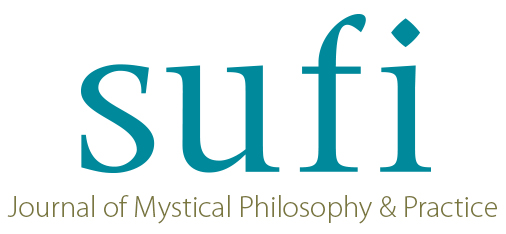NOTES
1. Bruce Hood, The Self Illusion: How the Social Brain Creates Identity. (New York: Oxford UP, 2012. PDF e-book), 105.
2. Evan Thompson, Waking, Dreaming, Being. (New York: Columbia UP, 2015), 358.
3. Marya Schechtman, “The Narrative Self,” in The Oxford Handbook of the Self. ed. Shaun Gallagher (Oxford, UK: Oxford UP, 2013), 395.
4. Schechtman, “The Narrative Self,” 395.
5. Ibid., 396-397.
6. Ibid., 399. See also, Katherine Nelson, “Narrative and the Emergence of a Consciousness of Self,” in Narrative and Consciousness. eds. Gary D. Fireman, Ted E. McVay, Jr., and Owen J. Flanagan (New York: Oxford UP, 2003). For more on the development of the narrative self, see Robyn Fivush and Catherine A. Haden eds., Autobiographical Memory and the Construction of a Narrative Self: Developmental and Cultural Perspectives, (New York, Psychology Press, 2013).
7. Khenpo Tsewang Gyatso, “Definition of Ego,” in The Healthy Mind Interviews. ed. Henry Vyner vol. 2 (Kathmandu, Nepal: Vajra Publications, 2004), 46-47.
8. Gyatso, “Definition of Ego,” The Healthy Mind Interviews, 50. Here Vyner is explaining how the mind works according to Gyatso.
9. Ibid., 63.
10. Ibid., 116,135.
11. Lopon Tegchoke, “Knowing the Emptiness of Thoughts,” The Healthy Mind Interviews. ed. Henry Vyner vol.3 (Kathmandu, Nepal: Vajra Publications, 2004), 66-70.
12. Tegchoke, “Emptiness,” Interviews, 90.
13. Wendy Hasenkamp, et. al., “Mind Wandering and Attention during Focused Meditation: A Fine-Gained Temporal Analysis of Fluctuating Cognitive States,” (Neuroimage 59, 2012), 750-760. quoted in Thompson, Waking, 351-352. For more on Focused Attention (FA) and Open Monitoring (OM) meditation techniques, see Antoine Lutz, Heleen A. Slagter, […], and Richard J. Davidson, “Attention Regulation and Monitoring in Meditation,” Trends in Cognitive Science, (April 19, 2007): PMC U.S. National Library of Medicine, National Institute of Health, accessed April 17, 2015, https://www.ncbi.nlm.nih.gov/pmc/articles/PMC2693206/.
14. Norman A. S. Farb et. al., “Attending to the Present: Mindfulness Meditation Reveals Distinct Neural Modes of Self-Reference, Social Cognitive Affective Neuroscience 2 (2007), 313-322. quoted in Thompson. Waking, 354-355.
15. Ibid., 355.
16. Baime, Michael, “Your Brain on Mindfulness,” Shambala Sun. (July 2007): 84, accessed April 17, 2015, https://www.nmr.mgh.harvard.edu/~britta/SUN_July11_Baime.pdf.
17. Lopon Tenzin Namdak, “The Trechko Interview,” The Healthy Mind Interviews. ed. Henry Vyner vol. 4 (Kathmandu, Nepal: Vajra Publications, 2004), 107-109; 120-123.
18. His Holiness the Dalai Lama, “The Dalai Lama Interview,” The Healthy Mind Interviews. ed. Henry Vyner vol. 4 (Kathmandu, Nepal: Vajra Publications, 2004), 66.
19. Javad Nurbakhsh, The Psychology of Sufism, (London: Nimatullahi Publications), 11.
20. Javad Nurbakhsh, Divan-E Nurbakhsh: Poems of a Sufi Master ed. Danny Kopoulos and Paul Weber (New York: Khaniqahi Nimatullahi Publications, 2014), “Glossary,” Divan, viii.
21. Ibid., viii.
22. Javad Nurbakhsh, The Path, (London: Nimatullahi Press, 2003), 174.
23. Javad Nurbakhsh, Divan-E Nurbakhsh, 280.
24. Javad Nurbakhsh, The Path, 34.
25. Ibid., 175.
26. Javad Nurbakhsh, Quatrains, Divan, 324.
27. Ibid., Divan, 357.
28. Ibid., 326.
29. Nurbakhsh, “Words Accomplish Nothing,” Divan, 16.
30. Nurbakhsh, “Words Accomplish Nothing,” Divan, 16.
31. Nurbakhsh, “He is the Truth,” Divan, 9.
32. Ibid., 150.
33. Ibid., 126.
34. Ibid., 9.
35. Ibid., 233.
36. Ibid., 45.
37. Ibid., 106.
38. Ibid., 104.
39. Ibid., 182.
